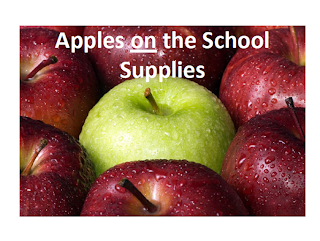Many of my students struggle with the very basic elements of syntax and sentence structure. To help aid their understanding and use of grammatical forms, I have created several books saturated with visuals targeting discrete areas of grammar development.
Click here to view my adapted book addressing use of pronouns (this, that, these, those).
Ingredients:
1 Printer
1 Hole Punch
2 Binder Rings (1")
Velcro (Optional)
1 Envelope
Directions:
2. Use hole punch to create two holes along the left side of each page
3. Using binder rings, attach all pages together (except for the last page)
4. Laminate and cut the last page
5. (optional) attach Velcro to the back of each pronoun visual (this, that, these, those) and in the box of each page
6. Attach (tape) the envelope to the back of your book for pronoun visual storage
7. Read through the book with your student, using pronoun visuals to aid in understanding and use of the targeted grammatical forms
8. Once your student is successful in formulating sentences using visuals, remove visual support to encourage independent use of targeted grammatical forms
Be on the lookout for additional pronoun and possessive books coming soon.





















